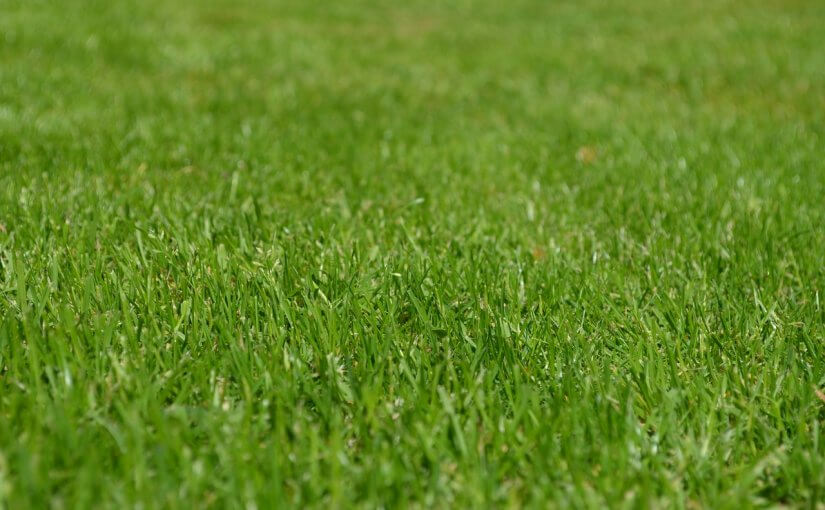If you live in Arizona, then you know how important it is to keep your lawn looking green and healthy. Unfortunately, our hot climate can take a toll on even the healthiest lawns. If your lawn is starting to look a bit worse for wear, don’t worry – we’re here to help! In this blog post, we will teach you how to reseed your lawn in Arizona.

How to Properly Reseed for Winter Lawn in Arizona
It’s important to properly reseed your lawn in Arizona during the winter months. The initial step is to aerate the soil. This will help the new seedlings to take root. Next, apply a thin layer of compost. This will provide nutrients for the new grass. Finally, spread the seed and water thoroughly. Be sure to keep the area moist until the seedlings have established themselves. With a little care, you can have a lush, green lawn all winter long.
When should I reseed my lawn in Arizona?
One of the most important things you can do for your lawn is to reseed it on a regular basis. This will ensure that your lawn stays thick and healthy, and that it can resist the many challenges that come with living in Arizona. The best time to reseed your lawn in Arizona is in the fall, when the weather is cooler and there is less chance of drought. You will also want to make sure that you choose a grass seed that is well-suited to the climate in Arizona. With a little bit of planning, you can maintain a healthy and beautiful lawn all year round.
Can I reseed over existing lawn?
The short answer is yes, you can. Reseeding is a great way to improve the look of your lawn without having to start from scratch. If you have patchy areas or bare spots, reseeding can help fill them in. However, there are a few things to keep in mind before you start reseeding. First, make sure that the existing grass is healthy and vigorous. If the grass is weak or stressed, it will be more difficult for new seedlings to take root.
Second, you’ll need to prepare the soil before you plant the seed. This means loosening the soil and removing any debris so that the seed has a chance to germinate. Finally, choose a good quality seed mix and water it regularly until the new grass is established. With a little care and attention, reseeding can give your lawn a whole new lease on life.
Also Read: The Best Way to Prime a Lawn Mower
Can you just scatter lawn seed?
Yes and no. If you have a very small lawn, or if you are trying to reseed a few bare patches, then scattering seed by hand can be an effective method. However, if you have a large lawn or if your entire lawn is in need of reseeding, then it is best to use a seed spreader. A seed spreader ensures that the seed is evenly distributed, which is essential for achieving a healthy, thick lawn. It also allows you to cover more ground in less time. So, while you can scatter lawn seed by hand, using a seed spreader is usually the best option for larger jobs.
What is the most effective method for reseeding my grass?
One of the best ways to ensure a healthy and lush lawn is to reseed it on a regular basis. But with so many different methods and products available, it can be difficult to know where to start. Here are a few tips to help you get the most out of your lawn reseeding efforts.
The first step is to figure out what kind of grass you have. This will dictate what kind of seed you need to purchase. Once you have the correct seed, make sure to aerate your lawn before spreading it. Aeration helps the seed come into contact with soil, making it more likely to germinate. After spreading the seed, water it regularly and keep an eye out for signs of growth. With a little care and attention, you can enjoy a beautiful lawn for years to come.
Can I put topsoil over grass and reseed?
The short answer is yes, you can. However, there are a few things to consider before you go forward with this. First, it’s important to remove any dead grass or weeds from the area before you add the topsoil. This will help ensure that the new seedlings have a chance to take root. Second, you’ll need to add a layer of topsoil that’s at least two inches thick. If the topsoil is too thin, it could be quickly eroded by wind and water.
Finally, it’s important to water the area regularly after you’ve reseeded. This will help the seedlings establish themselves and prevent the soil from drying out. With a little care and attention, you can successfully add topsoil to an existing lawn.
Should I fertilize or overseed first?
The answer may surprise you. While you might think that it would be better to add new seedlings before fertilizer, it’s actually the reverse. Fertilizing first helps to encourage strong growth and gives the new seedlings a chance to take root. After you’ve applied fertilizer, wait a week or two before overseeding. This will give the fertilizer time to work its magic and prepare the ground for new seedlings. Overseeding helps to fill in thin or patchy areas, creating a thick, lush lawn that is the envy of the neighborhood.
